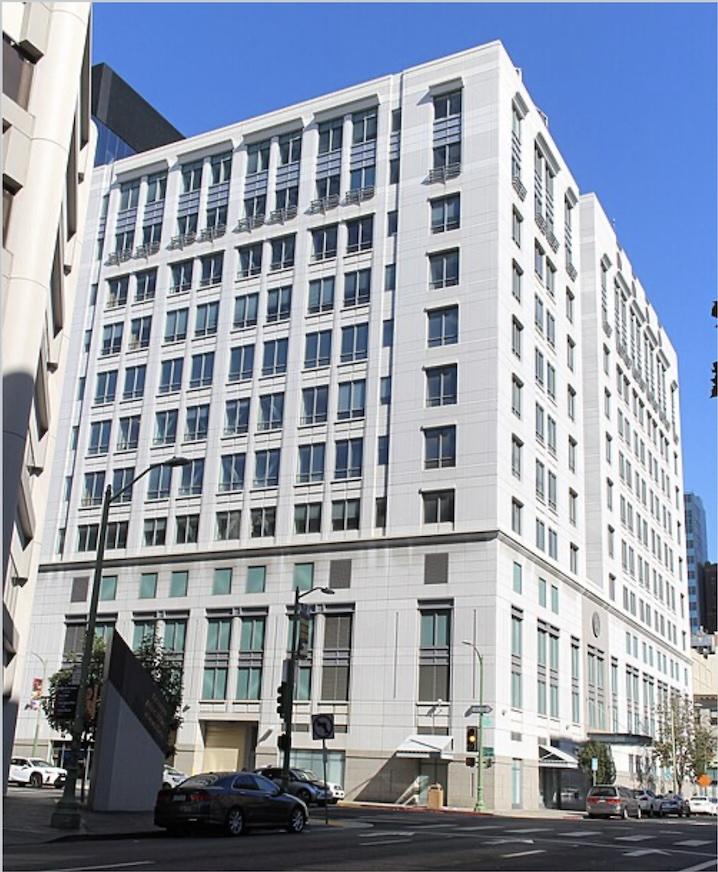Executive order suspends death penalty as long as he’s governor
On Wednesday, March 13, California Governor Gavin Newsom signed an executive order that put a temporary moratorium on the state’s death penalty which ordered the reprieve of 737 inmates on death row.
Newsom reasoned his controversial decision by claiming that the death penalty disproportionately affects prisoners of color, many of whom, he said, are more likely to be given the death penalty than white prisoners.
“Just last year we had someone who was exonerated that spent 26 years on death row — joining the ranks of 164 human beings that have been exonerated, that have spent time on death row. It’s a racist system. You cannot deny that,” Newsom told CBS This Morning on Friday, March 15.
“It’s a system that is perpetuating inequality. It’s a system that I cannot in good conscious support,” Newsom affirmed.
U.S. Senator of California Kamala Harris, a Democrat, voiced her support for the moratorium and suggested that there should be “a federal equivalent” to Newsom’s executive order.
Though she supported and defended the death penalty when she was California Attorney General, Harris — who is running for president for the 2020 race — she said in a statement that the death penalty is “immoral, discriminatory, ineffective and a gross misuse of taxpayer dollars.”
According to a 2011 study conducted by U.S. Court of Appeals Judge Arthur L. Alarcon and Loyola Law School Professor Paula M. Mitchell, taxpayers have spent more than $4 billion on the death penalty since it was reinstated in 1978. The study also found  that keeping inmates on death row costs the state $184 million more per year than it costs to for those with life sentences with no possibility of parole.
Additionally, a death penalty prosecution can cost up to 20 times more than a case with a possible sentence of life-without-parole.
Notably, the researchers concluded that if the California governor commuted sentences of those on death row to life without parole, it would save the state $170 million per year, with a projected overall savings of $5 billion over the next 20 years.
Mirroring Newsom’s views that capital punishment is more likely to applied to black and Latinx defendants, Harris also noted that it also disproportionately affects poorer defendants who likely can’t afford quality legal representation.
“The symbol of our justice system is a woman with a blindfold,” Harris said. “It is supposed to treat all equally but the application of the death penalty”
Unsurprisingly, Newsom’s executive order sparked outrage among voters and public figures across the Golden State which has the most death row inmates in the country. The last time that California utilized capital punishment was in 2006.
In 2006 and 2016, Californians voted against repealing the death penalty in statewide elections.
“Governor Newsom, who supported the failed initiative to end the death penalty in 2006, is usurping the express will of California voters and substituting his personal preferences via this hasty and ill-considered moratorium on the death penalty,” said Michele Hanisee, president of the Los Angeles County Association of Deputy District Attorneys.
Among the more high profile names on death row include Scott Peterson, who was arrested and convicted of second-degree murder in 2002 for his pregnant wife Laci Peterson and unborn son in Modesto, California. Serial killer Lonnie Franklin, also known as the “Grim Sleeper,” was convicted in 2016 for a string of killings in the 1980s; Franklin, now 66, may have as many as 25 victims. (Klarize Medenilla/AJPress)








Time to vote him out of office. Typical… doing what he wants, not what the people want.